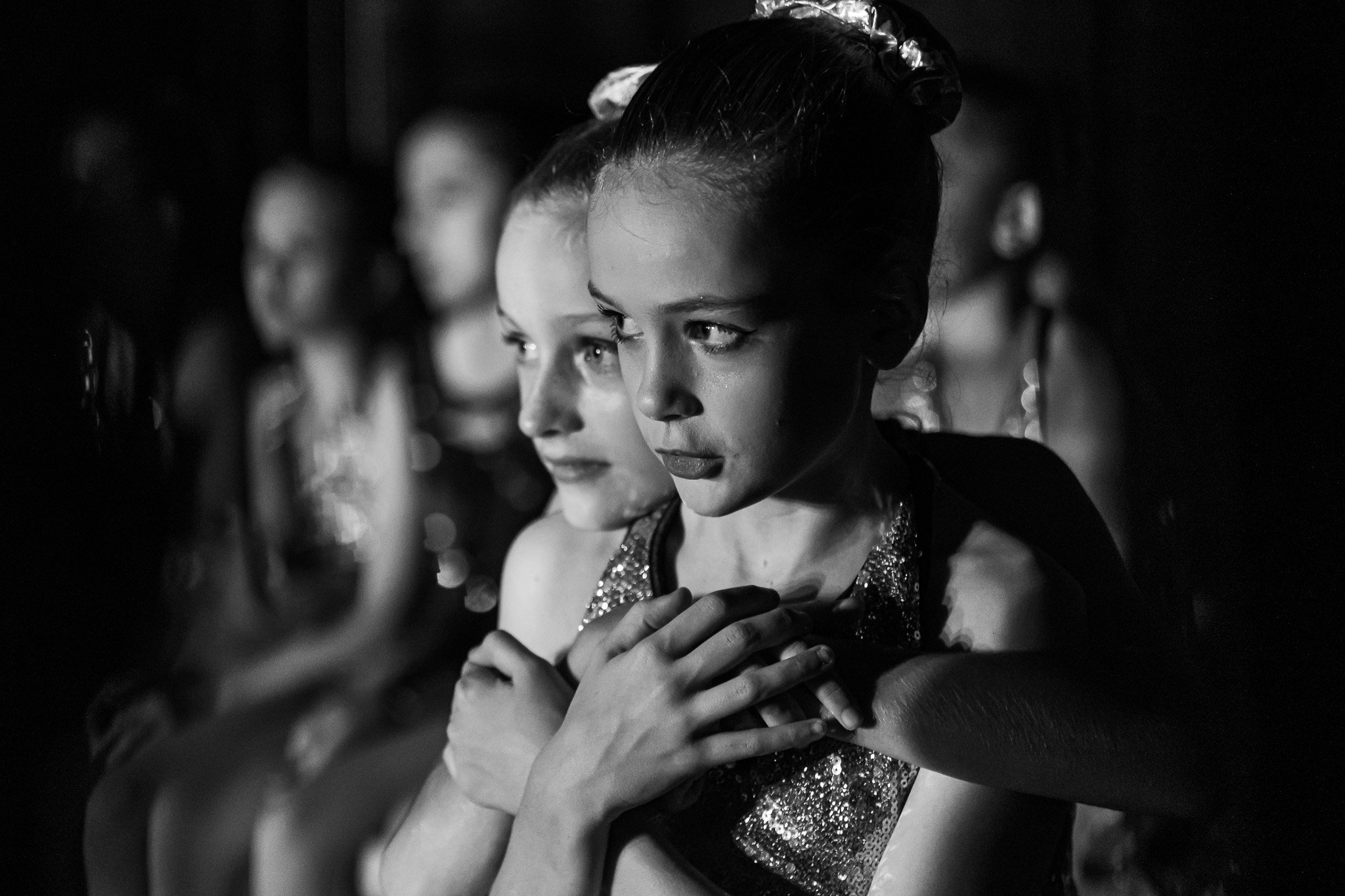Show, Don't Tell: The Subtlety of Storytelling
One of my preferred photography styles for schools is capturing the subtlety of storytelling. The principle of “show, don’t tell” encourages me to look beyond the obvious and capture the subtleties of everyday life in an international school. While major events like graduation ceremonies or sports days are important, the quieter moments often tell a more nuanced story. A photograph of a teacher gently guiding a student through a challenging problem, or of a group of students collaborating on a project, can reveal the values of support, patience, and teamwork that are integral to the school’s culture.
Genuine expressions of wonderment can’t be staged.
This style of photography focuses on capturing authentic, candid moments that might otherwise go unnoticed. These images are not staged or posed; instead, they reflect the genuine interactions and emotions of the school community. For example, a snapshot of a student lost in thought while reading a book, or a group of friends sharing a laugh during lunch, can convey the essence of the school’s environment and the bonds formed within it.
By highlighting everyday interactions, this approach provides a more comprehensive and relatable portrayal of school life. It emphasizes the importance of the small, everyday moments that collectively shape the school experience. These photographs can showcase the diversity and inclusivity of the school, capturing students and staff from various backgrounds engaging in meaningful activities together.
Portraying the Journey of School Life
For parents, these photographs offer a unique window into their children’s daily lives at school, a perspective they might not otherwise have. Through these images, parents can witness their children’s growth, friendships, and the challenges they overcome. They can see their children engaged in learning, participating in group activities, and experiencing the joys and struggles of school life. This visual journey helps parents feel more connected to their children’s experiences and the school community.
Moreover, these images can serve as powerful tools for reflection and discussion within the school community. They can help students, teachers, and parents to see and appreciate the often-overlooked aspects of school life, fostering a deeper understanding and appreciation of the shared experiences that bind the community together. This reflective process is vital in international schools, where the constant flux of students and staff requires ongoing efforts to build and maintain a cohesive community.
This style of photography helps to build a visual narrative that gets below the surface. It tells the story of the school’s culture, values, and everyday life in an engaging and meaningful way. By focusing on the subtlety of storytelling, I can create a rich tapestry of images that resonate with the school community and beyond.





